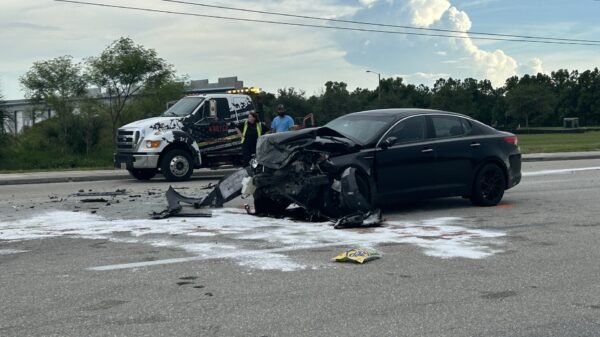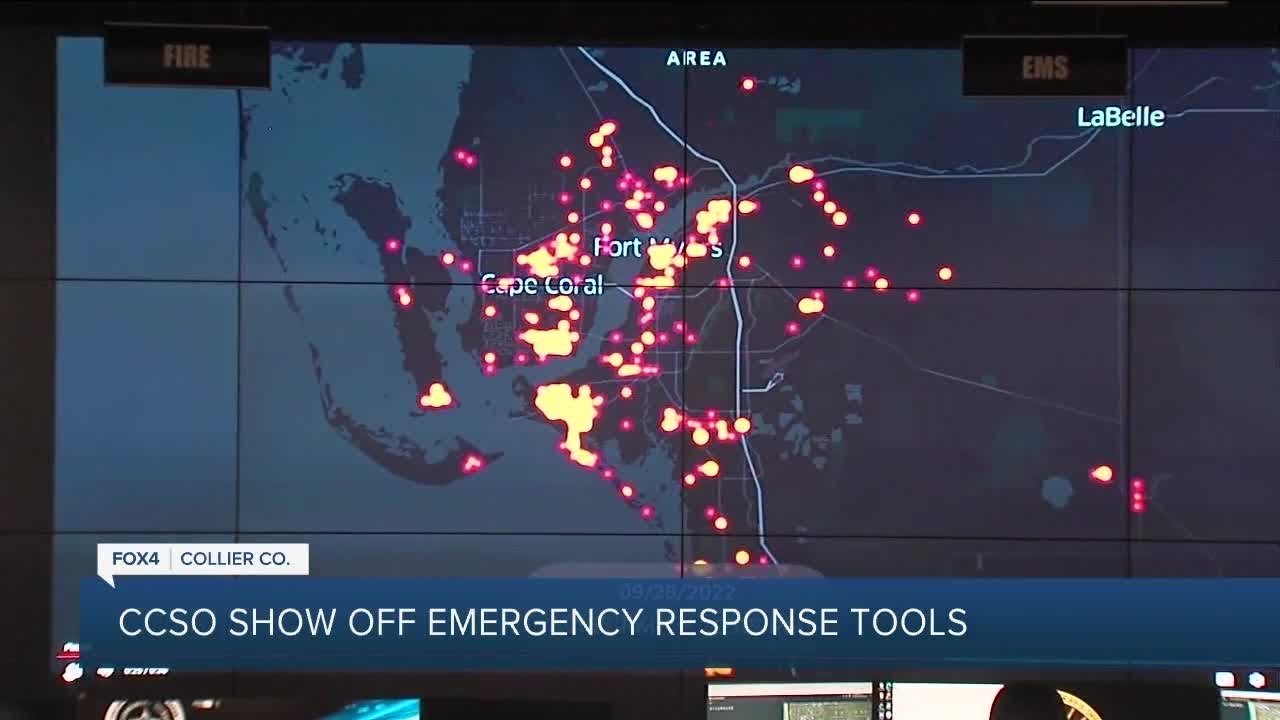When an emergency strikes, every second count. That’s why researchers are constantly looking for ways to speed up response times for first responders. One area of focus is using smart phone technology to get help to people in need faster. From location tracking to real-time updates, there are numerous features on phones that can assist emergency responders. In this article, we’ll explore how your smart phone could potentially save your life in an emergency.
Your Smart Phone Could Be a Life-Saving Tool in Emergency Situations
In today’s fast-paced world, our smart phones have become an integral part of our lives. These tiny devices not only keep us connected with the rest of the world but also have the potential to save lives in emergency situations. According to a recent study, more than 80% of people use their mobile phones to search for health-related information, and this has increased their awareness of emergency situations and the need for prompt response.
Geolocation Features in Smart Phones
One of the most significant advantages of smart phones is their ability to locate our position using GPS and other geolocation technologies. This feature can be a game-changer in an emergency because it can help first responders find the location of the incident more accurately.
For instance, if you’re lost in the woods and need immediate medical attention, you can use your mobile phone’s GPS and geolocation features to guide the rescue team to your location. Similarly, if you’re in a dense urban area, your phone’s GPS can also assist first responders in finding the quickest route to your location, even in areas that don’t have clear, visible street signs.
The Importance of Communication
Communication is another crucial aspect of emergency response, and smartphones can help in this regard as well. With just a few taps, you can use your mobile phone to call emergency services and provide them with your location and other vital information.
Additionally, many smartphones now come with features such as emergency mode or SOS call options, which can be a lifeline in critical situations. In an emergency, the user can activate these features to notify the emergency services and their emergency contacts of their situation and location, even if they cannot speak or communicate effectively.
Quick Access to Health Information
Apart from their geolocation and communication features, smartphones can also provide first responders with access to a wealth of health information. In an emergency, every second counts, and medical personnel can use health apps on your phone to access your medical history, medications, allergies, and other essential details.
For example, if you have a pre-existing medical condition, such as diabetes or asthma, medical personnel can use your smartphone to access your medication history, which can be lifesaving in a crisis. This information can also help doctors make more informed decisions about your care, which can increase your chances of a full recovery.
The Role of AI and Wearables in Emergency Response
The integration of artificial intelligence and wearable technology has further improved the ability of smartphones to assist in emergency situations. For example, wearable health monitoring devices can track the wearer’s vital signs, such as heart rate and blood pressure, which can give medical personnel critical information about the individual’s health status during an emergency.
In addition, AI technology can analyze data from wearables and other health apps to identify patterns and anomalies that can indicate health risks and emergencies, even before the individual realizes the need for medical attention. With the help of AI, first responders can be better equipped to respond quickly and effectively to emergencies, potentially saving lives.
The Future of Smartphones in Emergency Response
As technology continues to advance, the potential for smartphones to assist in emergency response will only increase. Future smartphones could incorporate even more advanced geolocation and communication features, as well as better integration with wearable technology and AI.
Moreover, innovative features, such as augmented reality and contactless health monitoring, could revolutionize the way first responders treat emergencies in the future. By leveraging the power of technology, smartphones offer unprecedented potential to enhance emergency response and save lives.
In conclusion, smartphones are not merely communication devices, but powerful tools that can assist first responders to reach you faster and provide you with the medical attention you need in an emergency. By harnessing the power of geolocation, communication, health information, wearables, and AI, smartphones can be life-saving devices that everyone should have at their disposal.




































